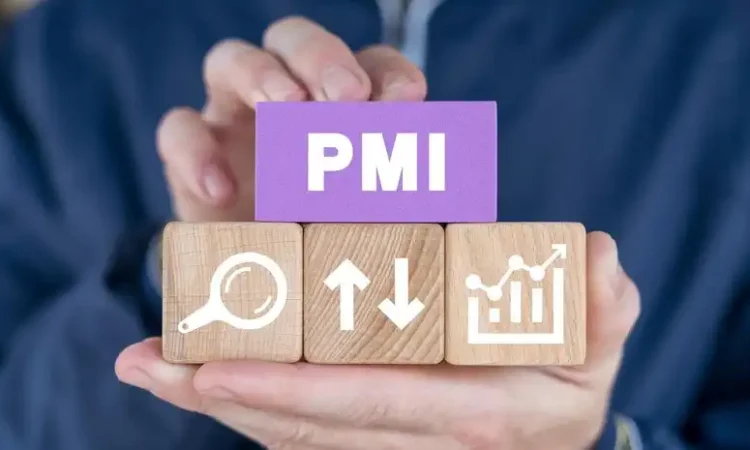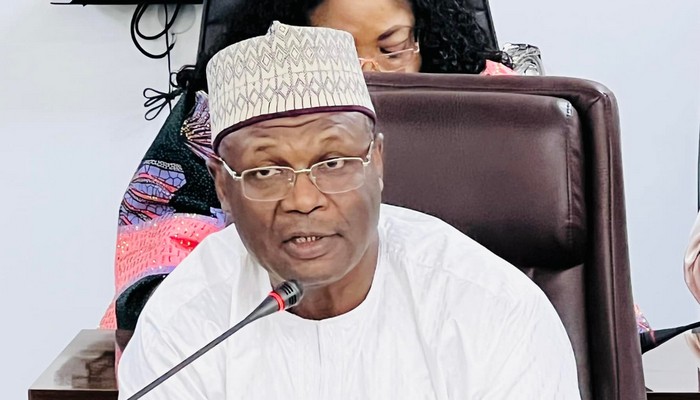
The Nigerian economy is expected ot grow by 3.7 perc ent in the first half of 2025, based on improved oil production and overall business conditions, a monthly Purchasing Manager Index (PMI) report by Stanbic IBTC reveals.
“Insights from the monthly PMIs and crude oil production data from the Nigerian Upstream Petroleum Regulatory Commission (NUPRC) suggests an economy that grew by an estimated 3.7% y/y in H1:25,” the report stated.
“This is supported by higher crude oil production and growth improvement across Manufacturing and Services.”
The report stated that the agricultural sector continues to lag primarily due to incessant security challenges in core food-growing regions and unstable climate conditions.
Nigeria is experiencing a turnaround in its economy after sweeping reforms triggered the worst cost-of-living crisis in a generation.
But as inflation continues to trend downward, monetary tightening is expected to slow after an aggressive hiking of key interest rates to 27.5 percent, the highest level on record.
“Given that inflation is expected to remain softer compared to the 2024 average, interest rates are likely to be lower this year and next – we expect 150/200 bps rate cut in 2025 and 200/250 ops rate cut in 2026,” said Muyiwa Oni, head of Equity Research West Africa at Stanbic IBTC Bank.
“These, in addition to structural reforms, removal of previous protectionist policies, and subsiding impact of the government’s flagship reforms should help to support the medium-term economic growth path.”
The Nigerian economy witnessed its fastest growth in at least a decade in 2024 when it expanded to 3.4 percent driven by the services sector with a projection to grow albeit moderately this year.
According to the World Bank, Nigeria’s annual growth is expected to reach 3.6 percent in 2025 and 3.8 percent between 2026 and 2027 despite heightened trade tension and uncertainty that has dragged the global economy’s GDP to its worst levels in decades.
For the full year, the economy is projected to grow by 3.5 percent in real terms. But with the economy rebasing in sight, Africa’s top oil producer should have an annual GDP of 4.2 percent, according to the estimates by Stanbic IBTC.






